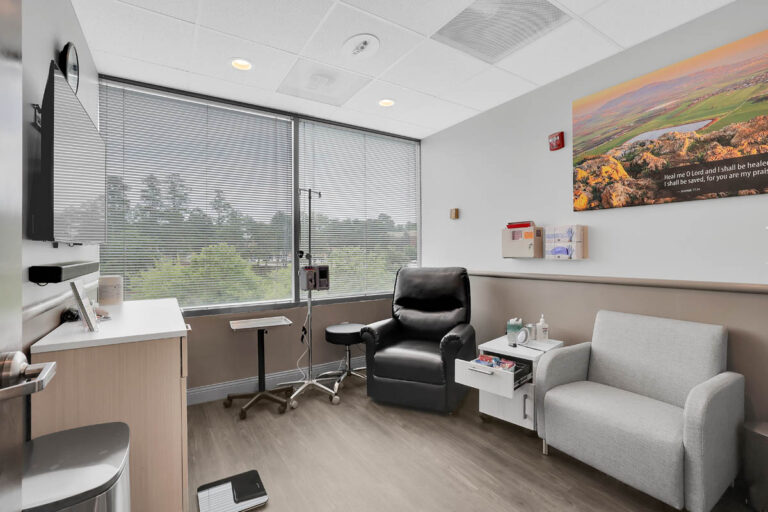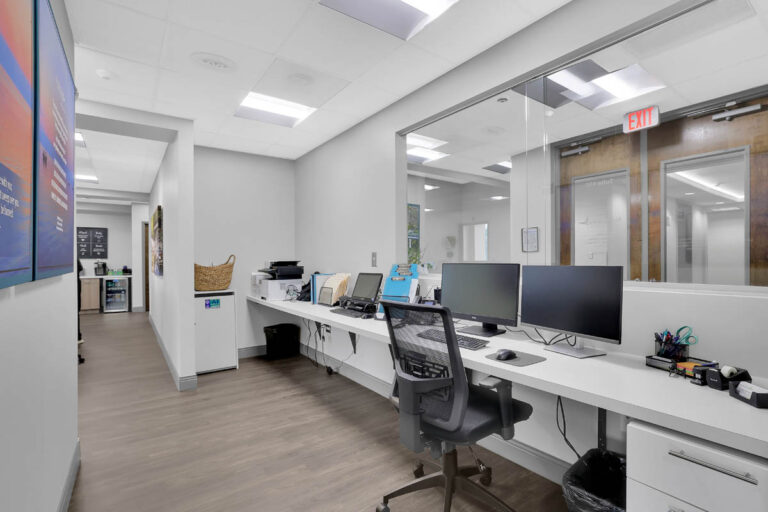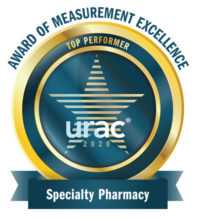After nearly four months of shut-down due to the coronavirus pandemic, our nation is finally in the process of reopening. Most states are following a multi-stage strategy for which businesses and organizations can reopen first, as well as guidelines that have to be followed. Although some states’ guidelines are more stringent than others, most agree that there must be no compromises when it comes to reopening our long-term care (LTC) facilities. These facilities have borne the brunt of our nation’s COVID-19 fatalities.

According to the latest statistics, 40,600 residents and staff have died from COVID-19, although the actual number could be much higher as not all states have reported on LTC deaths.[1] Experts point to many reasons for such high numbers such as staff that moves from one facility to the next and more vulnerable residents. In general, infection control in these facilities is a challenge, as statistics reveal.[2] Add to these reasons the shortage of personal protective equipment and it has created a perfect storm. This is why facility managers across the country felt they had little choice but to close facilities to outsiders, including the families of residents.
Jesse Samples, executive director at THCA, a trade organization that represents LTC facilities in Tennessee, said “We certainly feel for our residents and their families who have had to endure three months of separation, but when you look at the numbers, we believe we’ve been justified in restricting visitors so we could better manage cases and reduce fatalities.”
In general, Tennessee’s LTC community has fared better than most surrounding states as we’ve seen 39.7% of our COVID cases coming from these facilities. Kentucky, South Carolina, Georgia and Mississippi have seen over 50% of their cases from LTC facilities. Minnesota, New Hampshire and Rhode Island are all over 80%.[3] But no matter where Tennessee ranks, the numbers are still too high. We know we must do better and we’ve already begun taking steps in that direction.
Governor Bill Lee has taken aggressive action, working with LTC directors across the state to develop creative solutions to help reduce the impact of COVID-19 and to protect against such crises in the future. Following are just a few examples.
Testing all facilities. Beginning in July, every LTC facility will have to conduct weekly testing. While this may be disruptive for both residents and staff, it is the only way to ensure the virus in under control. Testing will be free and available through all state or commercial labs.
Designated facilities. Governor Lee has acted quickly to retrofit certain facilities to become COVID-only locations to further isolate known cases and prevent further spread of the virus.
Strict reopening guidelines. The governor just recently announced the steps LTC facilities must take before they can begin to reopen. These include:
- Testing of all staff and residents at least once, with re-testing per applicable regulations;
- Proof of no new cases in either staff or residents for previous the 28 days; and
- Maintain compliance with Board for Licensing Health Care Facilities regulations and infection control guidelines.
Even if those guidelines are met, facilities will not be able to reopen unless the community in which they’re located show stability in controlling the virus.
LTC facilities around the country are taking similar steps to those put in place by Governor Lee. They are also working together to identify issues and create innovative solutions to reduce the impact of any future pandemics. For example, a nursing home in Connecticut used RVs to house staff on site and paid hefty bonuses for voluntary participation.[4] This not only protected residents, it also protected staff members’ families. The nursing home claims to have completely avoided even a single COVID-19 case.
Another suggestion is group testing. This works by regularly testing a sampling of individuals from a facility, which allows directors to quickly detect carriers and clear those not infected. Keeping COVID patients in the hospital instead of transferring them to a different location is another recommendation, one that Florida credits for its relatively low LTC infection rate.
Tennessee’s LTC facilities are to be commended for their swift action to reduce the spread of COVID-19 among their residents and staff. But we must all remain vigilant in our efforts as we hear more every day about the probability of a resurgence of the virus in the months—and possibly years—ahead. The most fragile of our citizens and their families are depending on us. We must not let them down.
[1] https://www.usatoday.com/story/news/investigations/2020/06/01/coronavirus-nursing-home-deaths-top-40-600/5273075002/
[2] https://www.usatoday.com/story/news/investigations/2020/03/06/coronavirus-spread-nursing-home-infections-can-go-beyond-their-walls/4964397002/
[3] https://docs.google.com/spreadsheets/d/17JmyFzOd3ZEYCGpP0mK5lS_P10yPgCuYF8PYALKuTs8/edit#gid=0
[4] https://www.wbur.org/hereandnow/2020/05/18/nursing-home-coronavirus-rvs















